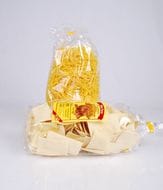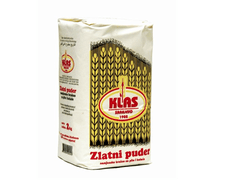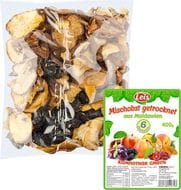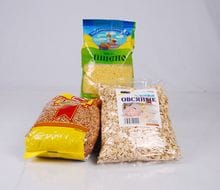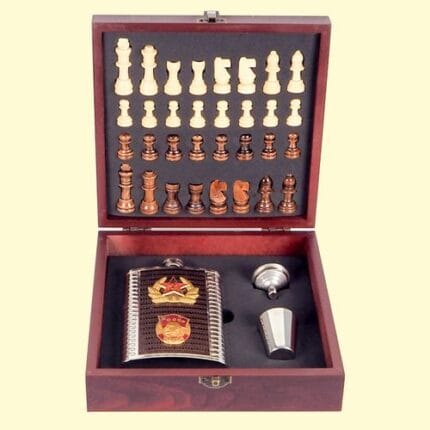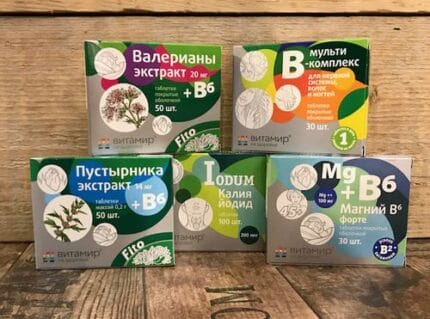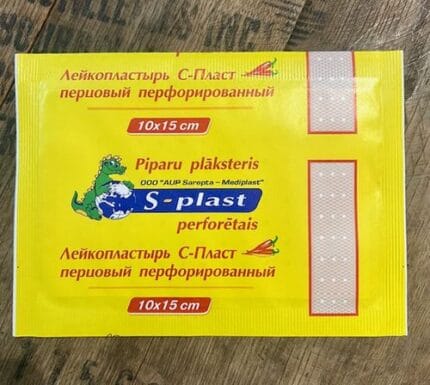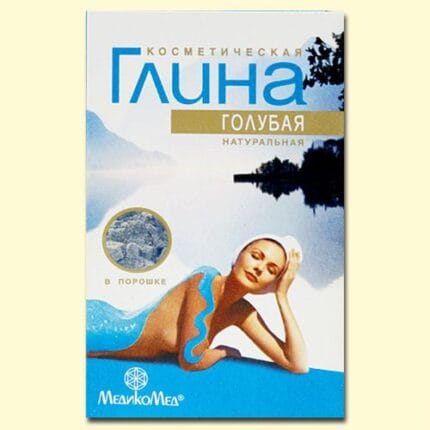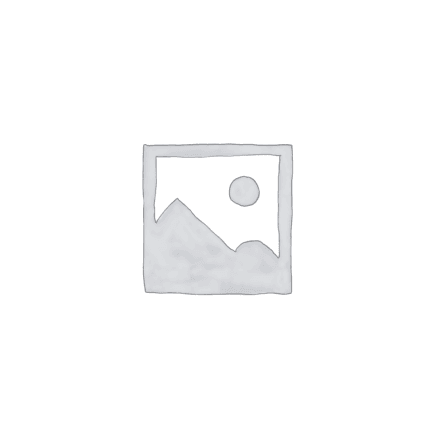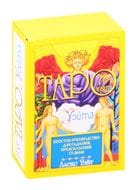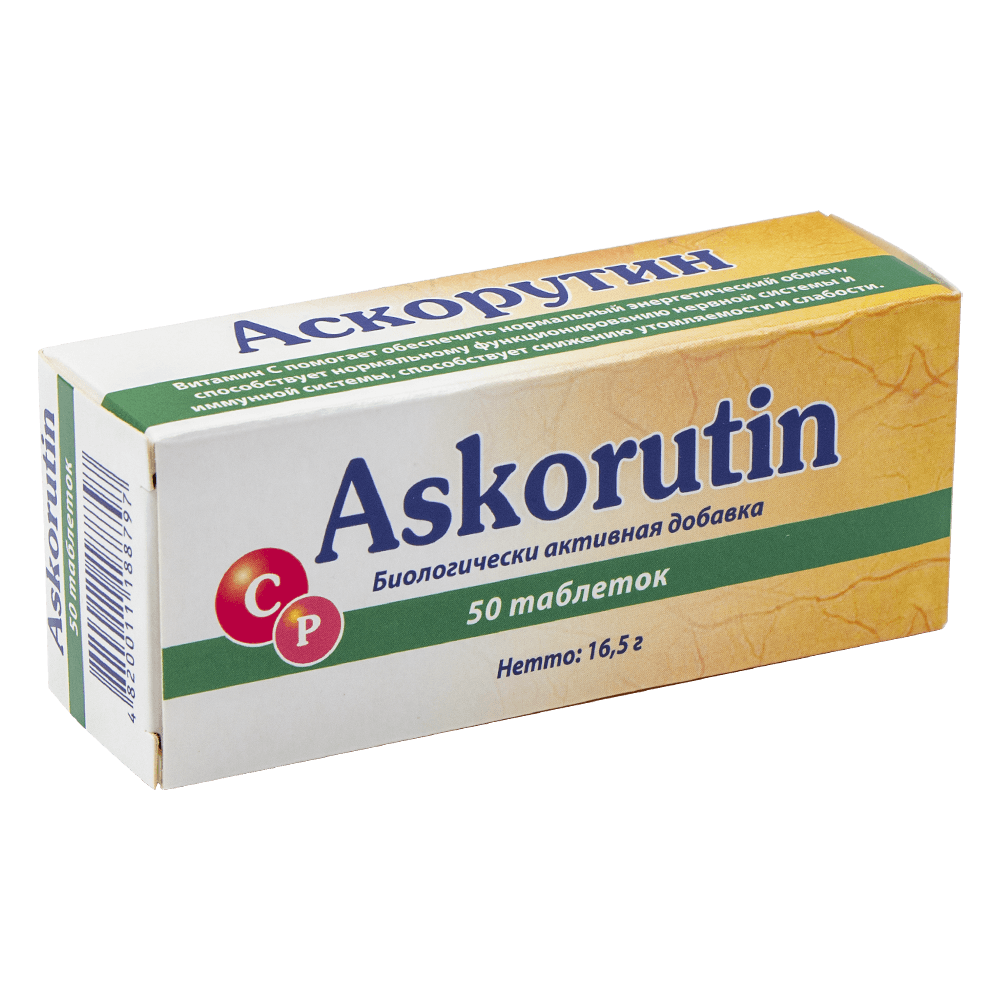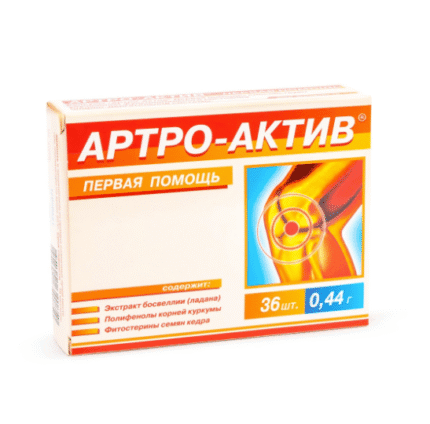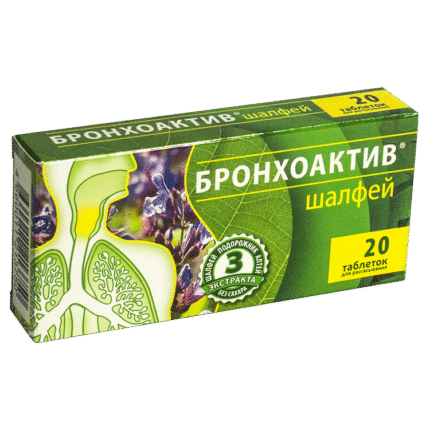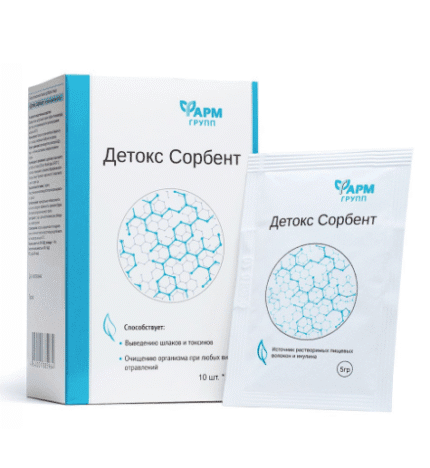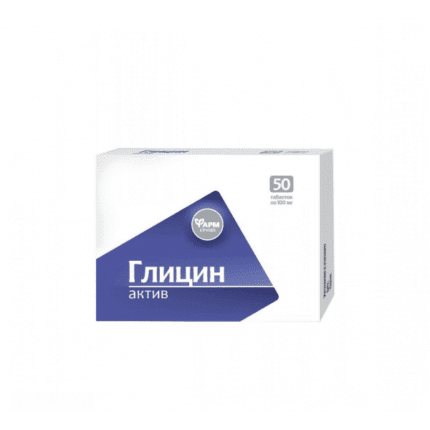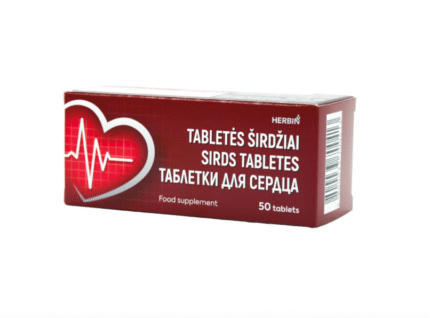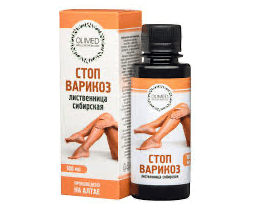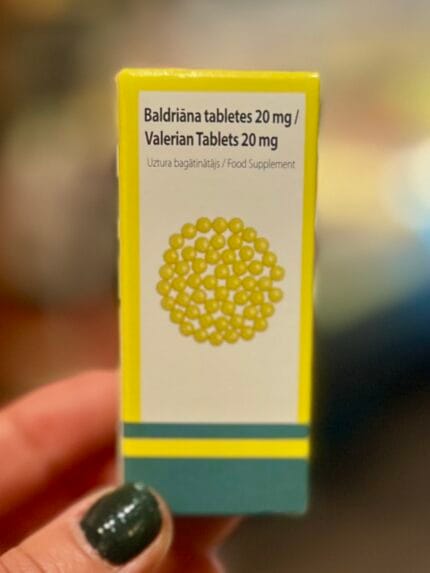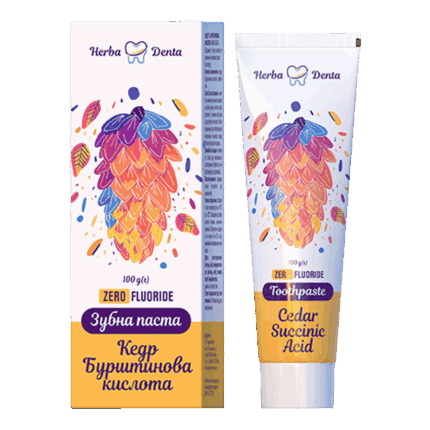
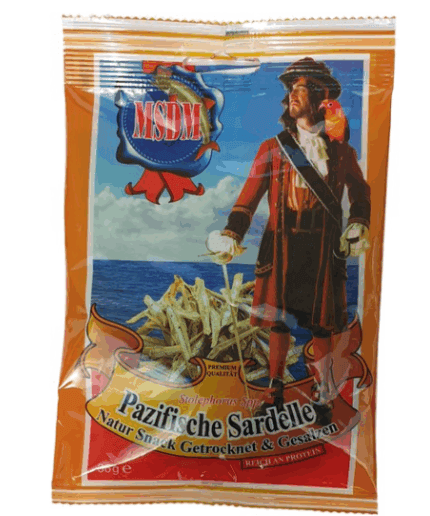
Askorutin, 50 tablets
€ 3,80 Original price was: € 3,80.€ 3,45Current price is: € 3,45. € 3,17 excl. btw
16,5 gr
| Weight | 0,200 kg |
|---|---|
| Brand |
Food supplement. Askorutin is an additional source of vitamin C and rutin.
A combined drug, the action of which is due to the effects of the components that make up its composition.
Rutin (vitamin P) promotes the conversion of ascorbic acid into dehydroascorbic acid and prevents the further transformation of the latter into diketugulonic acid. Therefore, most of the effects of rutin are mediated by ascorbic acid.
Rutin in combination with ascorbic acid reduces the permeability and fragility of capillaries, strengthens the cell wall, reduces platelet aggregation, has an anti-inflammatory effect (including by inhibiting the activity of hyaluronidase), antioxidant properties, and participates in redox processes.
In addition, rutin is characterized by such effects as reducing the exudation of the liquid part of the blood plasma and diapedesis of blood cells through the vascular wall; choleretic and mild antihypertensive effects.
In patients with chronic venous insufficiency, rutin leads to a decrease in edematous and painful syndromes, trophic disorders, a decrease or disappearance of paresthesias and cramps. It helps to reduce the severity of side effects of radiation therapy (cystitis, enteroproctitis, dysphagia, skin erythema), and also slows down the progression of diabetic retinopathy.
Pharmacokinetics.
Each vitamin that is part of the drug undergoes its own transformations. Ascorbic acid is rapidly absorbed mainly in the duodenum and small intestine. 30 minutes after administration, the content of ascorbic acid in the blood increases markedly, its uptake by tissues begins, while it is first converted into dehydroascorbic acid, which penetrates cell membranes without energy losses and is quickly restored in the cell. Ascorbic acid in tissues is found almost exclusively intracellularly, determined in three forms – ascorbic, dehydroascorbic acids and ascorbigen (bound ascorbic acid). It is distributed unevenly between organs. It is found in large quantities in the endocrine glands, especially in the adrenal glands, less in the brain, kidneys, liver, heart and skeletal muscles. The content of ascorbic acid in leukocytes and platelets is higher than in blood plasma. It is metabolized and excreted by the kidneys in the form of oxalate to 90%, partially in free form.
Rutin, absorbed in the digestive tract, promotes the transport and deposition of ascorbate. It is excreted in unchanged form as metabolites, mainly with bile and to a lesser extent with urine.
The half-life is 10-25 hours.
Indications
Rutin and ascorbic acid deficiency.
As part of complex therapy for diseases accompanied by increased vascular permeability.
Prevention of colds and reduction of flu symptoms.
To increase immunity.
Contraindications
Hypersensitivity to any of the components of the drug.
Increased blood clotting, thrombophlebitis, tendency to thrombosis.
Gout, urolithiasis with the formation of urate stones, cystinuria, hypokalemia and hypercalcemia, oxalaturia.
Diabetes mellitus.
Severe kidney disease.
Simultaneous use with sulfonamides or aminoglycosides.
Fructose intolerance, glucose-galactose malabsorption syndrome.
Interaction with other medicinal products and other forms of interaction
Acetylsalicylic acid, oral contraceptives: reduced absorption of the drug.
Ascorbic acid at a dose of ≥ 1 g increases the bioavailability of oral contraceptives (estrogens, including ethinylestradiol), increases the concentration of salicylates in the blood, enhancing their side effects (risk of crystalluria, effect on the gastric mucosa).
Acetylsalicylic acid, barbiturates, tetracyclines: increased excretion of ascorbic acid in the urine.
Penicillin (including benzylpenicillin), tetracycline, iron preparations: high doses of ascorbic acid can increase their absorption and concentration in the blood.
Desferrioxamine (deferoxamine): increased absorption of iron, its excretion in the urine; Increased tissue toxicity of iron, especially cardiotoxicity, which can lead to circulatory decompensation. Cardiac dysfunction (usually reversible after discontinuation of vitamin C) has been reported in patients with idiopathic hemochromatosis and thalassemia who have received desferrioxamine and high doses of ascorbic acid (more than 500 mg per day). This combination in this category of patients requires caution and careful monitoring of cardiac function. Ascorbic acid can be taken only 2 hours after the injection of desferrioxamine.
Heparin, indirect anticoagulants, phenothiazines, fluphenazine, sulfonamide drugs, aminoglycoside antibiotics: decreased effectiveness of these drugs.
Cyclosporine A: possible decrease in its bioavailability.
B vitamins: mutual enhancement of therapeutic effects. High doses of ascorbic acid interfere with the absorption of vitamin B12.
Corticosteroids, paracetamol: the half-life of the latter increases when high doses of ascorbic acid are used (this interaction has no clinical consequences when taken




